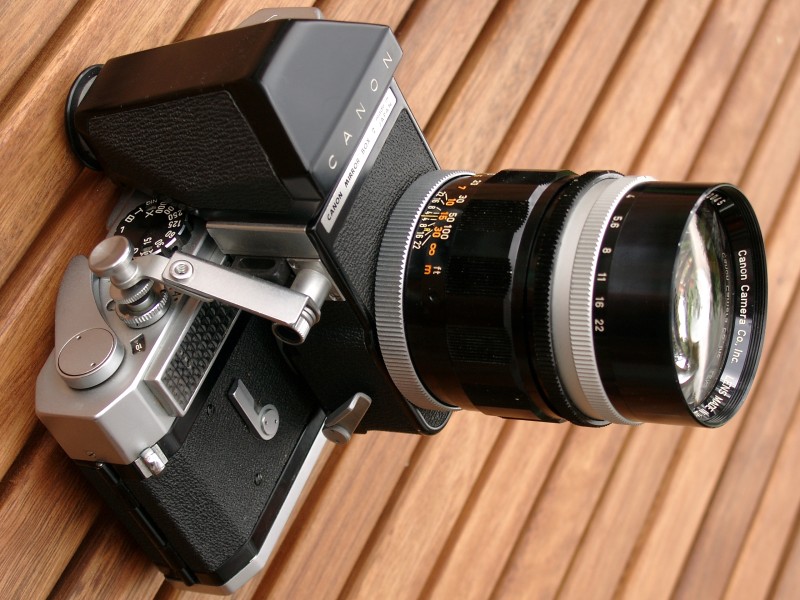
Fast speed 135mm f/2.5 M-lens (designed for Mirror Box 2)

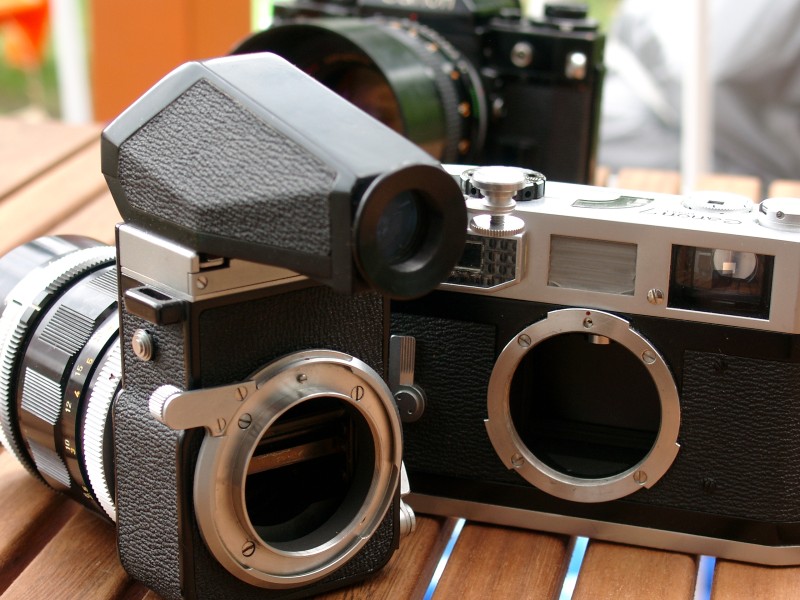
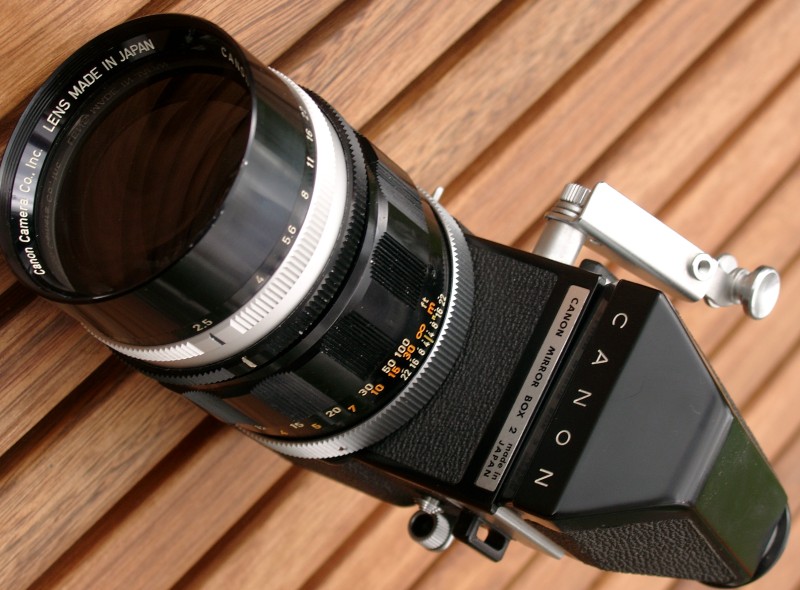
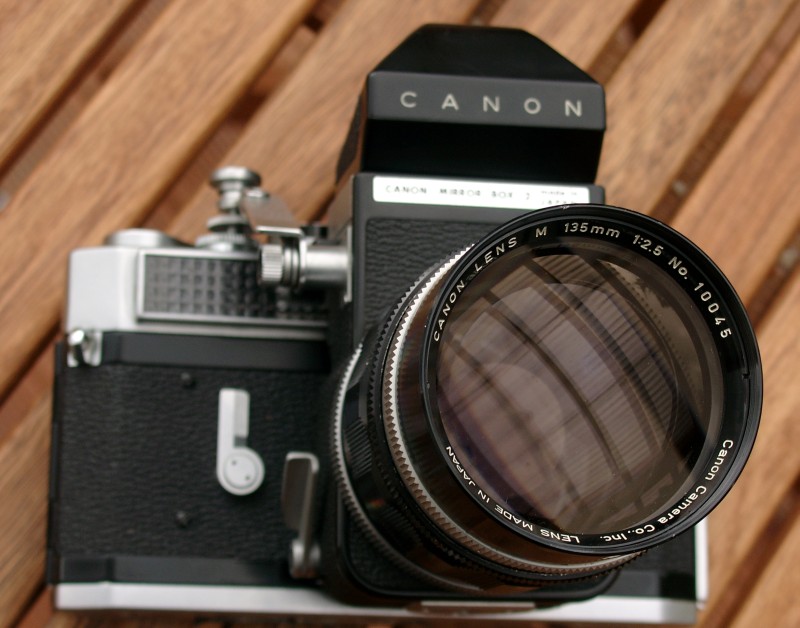
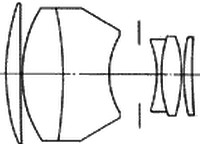
| name |
focussing |
close distance |
filter |
weight |
elements/ groups |
release date *) |
| M 135mm 1:2.5 |
helicoil |
1.5m |
58mm |
500g |
6/4 |
Jul. 1958 |
| M 200mm 1:3.5 |
helicoil |
2.5m |
58mm |
610g |
7/5 |
Jul. 1958 |
| 400mm 1:4.5 |
Bellows R |
2.6m |
48mm |
1700g |
5/4 |
Jan. 1960 |
| 600mm 1:5.6 |
Bellows R |
48mm |
2100g |
2/1 |
Sept. 1958 |
|
| 800mm 1:8 |
Bellows R |
11m |
48mm |
1900g |
2/1 |
Jan. 1960 |
| 1000mm
1:11 |
Bellows R |
32m |
48mm |
1800g |
2/1 |
Jan. 1960 |